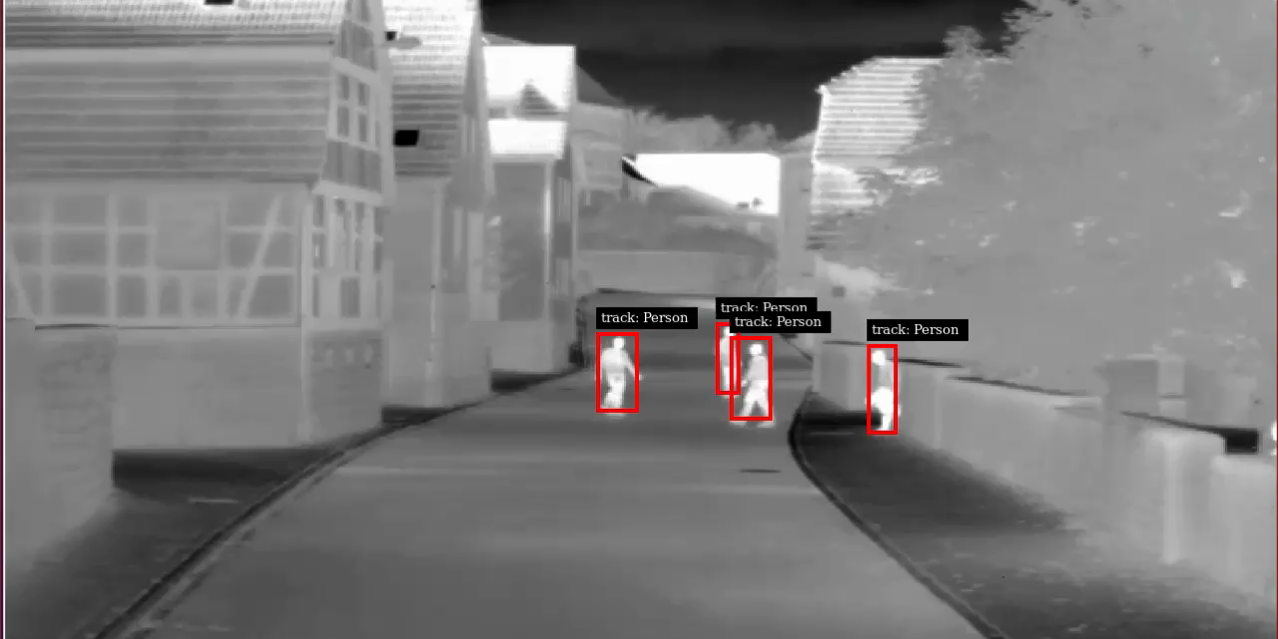DAHLGREN, Va. – When the Army, Navy, and Marine Corps need technological expertise related to autonomous weaponized manned and unmanned systems on their platforms, they routinely collaborate with a cadre of experts at the Naval Surface Warfare Center Dahlgren Division (NSWCDD).
The Joint Services – aware of the Intelligent Tracker team’s expertise and capabilities – have been contacting the NSWCDD Unmanned and Autonomous Systems Branch for the past decade with requests to make a highly automated detection and tracking capability a reality in their fire control systems.
In response, the NSWCDD team worked with sponsors to develop the Automated Remote Engagement System (ARES), which is fundamental to detecting, tracking, and automating the kill chain for manned and unmanned weapon systems in platforms from Navy warships to Army and Marine Corps light-armored vehicles.
“Our goal is to enhance the level of automation for direct-fire weapon systems while increasing the speed of operator engagements against targets,” said Ben Goldman, NSWCDD engineer who is the project lead at the branch. The automation applies to a wide range of applications from “a remote weapon station shooting a .50-cal on the unmanned boat tested on the Potomac River Test Range or the 30-mm main gun on a Bradley Fighting Vehicle or a Stryker Combat Vehicle.”
The ARES team installed an automated weapon system on an unmanned boat, known as the common unmanned surface vehicle, and demonstrated it for distinguished visitors on Dahlgren’s Potomac River Test Range in 2018. The event demonstrated prototype automation of significant portions of the kill chain that is tactically effective with minimal dependence on a datalink while operating beyond the Warfighter’s line of sight.
In February 2020 – prior to COVID-19 pandemic travel and work restrictions – Goldman and his team of three engineers began to collaborate with Army engineers at the Weapons and Software Engineering Center at DEVCOM Armaments Center in New Jersey. Their collaboration focused on a novel effort to bring the ARES detection and tracking capability to the Next Generation Intelligent Fire Control (NGIFC) project.
“We have not been there since,” said Goldman. “Our team has been able to utilize the tools and the workflow that we worked really hard to put in place prior to the pandemic. We were able to execute the product this fiscal year with basically no schedule slip due to COVID.”
The new Dahlgren-developed product, called the Intelligent Tracker, will increase the Army’s Next Generation Combat Vehicle’s NGIFC capability to control its medium and large caliber weapon systems.


